What kind of Camera and what settings you used
starduster
17 years ago
Related Stories

KITCHEN APPLIANCESLove to Cook? You Need a Fan. Find the Right Kind for You
Don't send budget dollars up in smoke when you need new kitchen ventilation. Here are 9 top types to consider
Full Story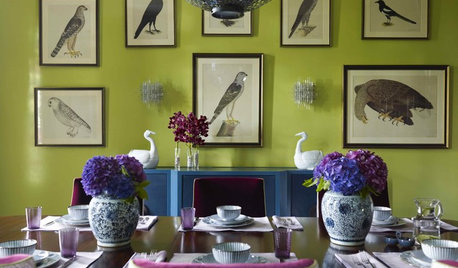
ACCESSORIESCollective Wisdom: Display Ideas for Collections of All Kinds
Show your interests without exposing clutter by going for artful arrangements with a unified feel
Full Story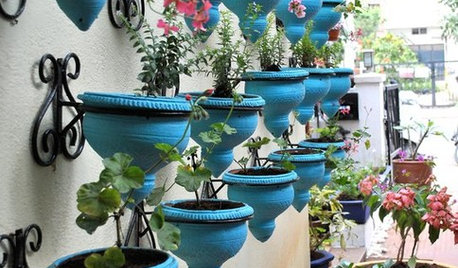
GARDENING AND LANDSCAPINGOne-of-a-Kind Ways With Planters
Bright colors, unusual shapes, unexpected uses ... these unique ideas for container plantings with personality may just grow on you
Full Story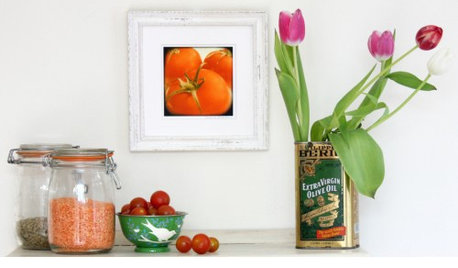
DECORATING GUIDES20 Favorite Vintage Items and How to Use Them
Add Patina and Personality to Your Home With Great One-of-a-Kind Finds
Full Story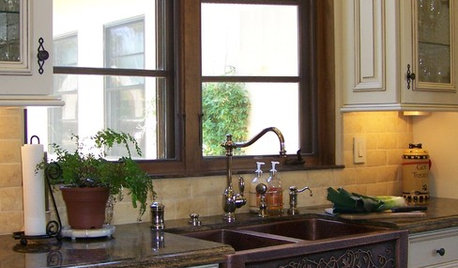
KITCHEN DESIGN8 Stylish Sink Types for Kitchens of All Kinds
Choose the wrong sink and your kitchen renovation efforts may go down the drain — these sinks will let you clean up in the style department
Full Story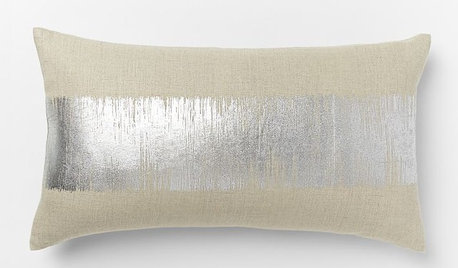
PRODUCT PICKSGuest Picks: Different Strokes for All Kinds of Folks
From graphic abstracts to bohemian brushstrokes, these painterly patterns on wallpapers, fabrics and dinnerware act like art
Full Story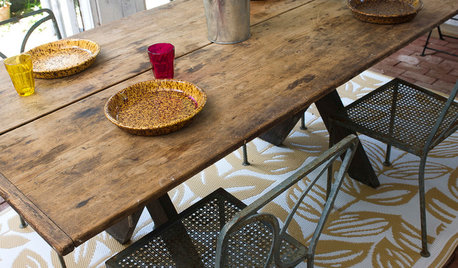
RUGSA Rug Can Make a Room — but What Kind to Choose?
The perfect rug may be all you need to complete your decor with color, texture and coziness. Here’s how to select the right type
Full Story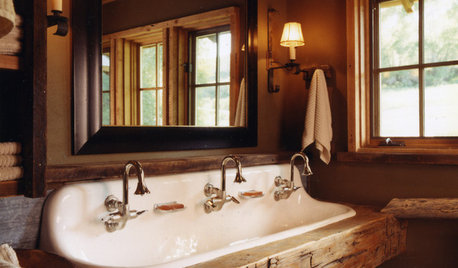
BATHROOM DESIGN8 Fabulous Faucets for All Kinds of Bathrooms
Find a new idea for your bathroom sink in 8 very different faucet designs, from waterfall to high-tech digital
Full Story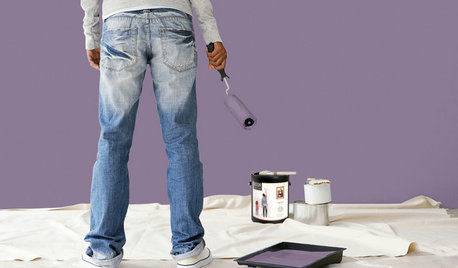
PAINTINGBulletproof Decorating: How to Pick the Right Kind of Paint
Choose a paint with some heft and a little sheen for walls and ceilings with long-lasting good looks. Here are some getting-started tips
Full Story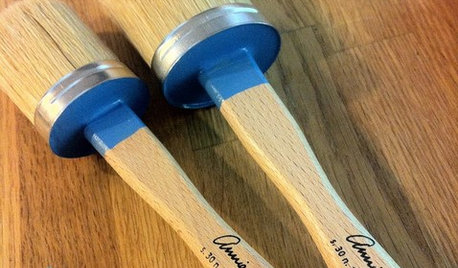
PRODUCT PICKSGuest Picks: Handy Finds for Painting Projects of All Kinds
Make over rooms and furniture more easily and with better results with the right paint and gear
Full StorySponsored



stardusterOriginal Author
aliska12000
Related Discussions
Cameras? What are you using?
Q
Someone asked what kind of camera I have
Q
What camera/settings do you use for pics?
Q
What kind of camera's do all of you have ?
Q
cameragirl59
aliska12000
aliska12000
aliska12000
juanital
JoanMN
stardusterOriginal Author
aliska12000
cameragirl59
aliska12000
cameragirl59